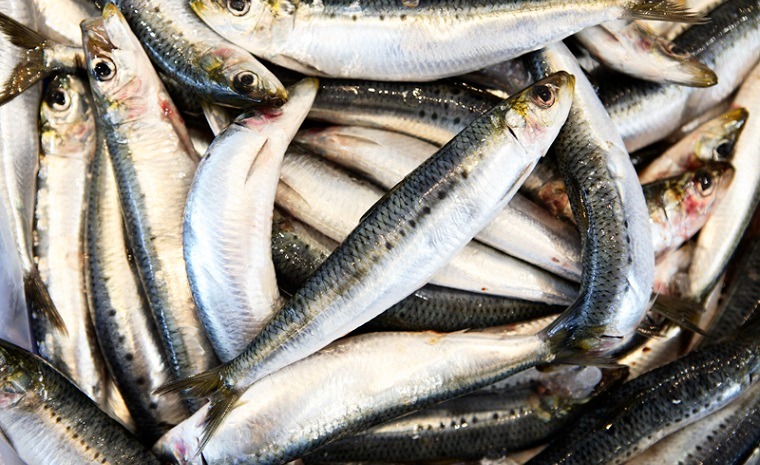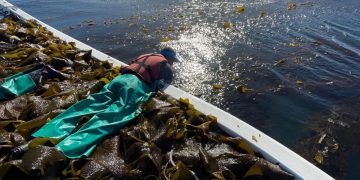
The Namibian government has extended a moratorium on pilchard fishing for another three years to allow the depleted stock to recover, recent Cabinet briefings have confirmed.
The ban will remain in place until the pilchard biomass reaches at least one million metric tonnes—a key threshold deemed necessary to ensure the sustainability of the species.
“Cabinet further approved the moratorium to be put in place for at least three (3) consecutive years, until the Pilchard biomass reaches one million (1,000,000) metric tons, to increase the possibility of sustainable spawner biomass,” said Minister of Information, Communication and Technology, Emma Theofelus.
The latest move follows a previous three-year moratorium introduced in 2018, after stock assessments showed three consecutive years of zero biomass, signalling a collapse of the resource.
Despite the continued ban, Cabinet has approved a Total Allowable Catch (TAC) of 10,000 metric tonnes for the remainder of the 2025 fishing season.
This allocation is restricted to governmental objectives and subject to strict conditions.
According to Theophilus, the TAC will only be issued to companies that have onshore processing facilities and make use of environmentally friendly fishing methods. All catches under this quota must be processed locally.
“Cabinet further approved for the Total Allowable Catch to be allocated to a company or companies with processing facilities, using environmentally friendly fishing methods; and that the fishery caught under this TAC be processed locally,” she said.
The Ministry of Agriculture, Fisheries, Water and Land Reform (MAFWLR) is also looking into enhanced compliance mechanisms aimed at curbing the deliberate targeting of pilchard under the guise of bycatch.
These include revisions to existing bycatch limits, adjustments to landed values to reduce financial incentives, improved surveillance and monitoring, stricter penalties for non-compliance, and targeted stock assessments to establish accurate biomass estimates.













